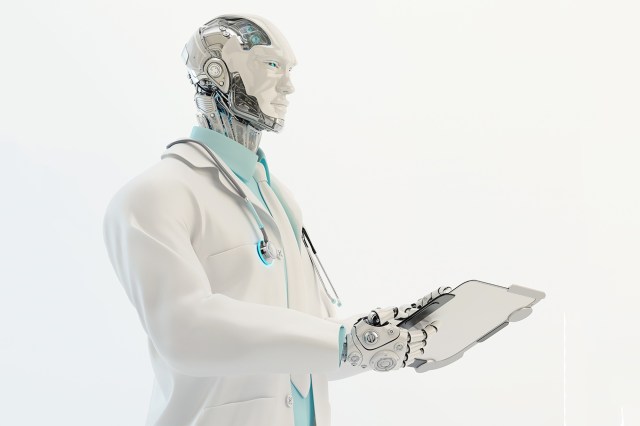
Before you go any further, I should warn you that today’s UnPacked is all about nail fungus. Human nail fungus.
If the very idea turns your stomach, then spare a thought for the team of South Korean researchers who had to examine thousands of photographs of infected toenails and finger nails.
As Jeremy Hsu reports for IEEE Spectrum it was all in a good cause – namely, training an AI computer system to diagnose cases of “onychomycosis—a common fungal infection that can make nails discolored and brittle”.
The results were impressive:
“’This study was the first to show that AI has overwhelmed the specialists,” says Seung Seog Han, a dermatologist and clinician at I Dermatology in Seoul, South Korea. ‘Until now, in many studies, AI was similar to that of a specialist in diagnosis of diabetic retinopathy, diagnosis of skin cancer, and chest X-ray readings.’”
What’s more the computer system “performed much better than the dermatology expert on especially difficult cases.”
If we can reliably automate medical diagnosis, the benefits would be enormous. Eliminating misdiagnosis and enabling earlier diagnosis would save lives – not to mention money. Doctors’ time would be freed up to better look after patients and in places in the world without enough doctors conditions could be diagnosed remotedly.
So, with researchers proving the potential of the new technology what is stopping us from teaching computers how to recognise a full range of symptoms?
One constraint is the Al systems have to be ‘fed’ with huge quantities of labelled images in the right format:
“…any deep learning model needs a lot of data to train the AI in recognizing related patterns. Collecting usable images related to cases of nail fungus infection represented a huge challenge, because there is usually no standard formatting for the images…”
“Han had to go through a collection of 100,000 photos generated by that R-CNN cropping process to manually read and tag each photo twice to make sure the training data was accurate: incorrect or inadequate nail images were tossed out. That cost him about 550 hours of work over 70 days, even when he was processing one image every 10 seconds for hours each day.”
If I were running a socialised healthcare system such as the UK’s National Health Service, I’d see a huge opportunity here.
The NHS is one of the world’s biggest employers – up in the top 5 with the US Department of Defence, the People’s Liberation Army, Walmart and MacDonald’s. On this basis that makes it the world’s biggest heathcare provider – and therefore the number one maker of medical diagnoses.
Now what if all that information was gathered, labelled and stored in a consistent format? To some extent it already is – so it should be possible to tailor the process to turn the NHS into the world’s number one provider of data for the development of medical AI technology.
The humanitarian and commercial opportunities are huge. Post-Brexit, there’s surely the deal of the century to be struck with the tech industry.
However, it would have to fully include the British people- as it would be their bodies being poked, prodded and photographed for feeding into a computer.
There’d need to be iron guarantees of privacy, plus an assurance that our medical date wasn’t being sold cheap. Any deal would have to be on the basis of a joint venture, with the NHS itself getting a very healthy share of the profits.










Join the discussion
Join like minded readers that support our journalism by becoming a paid subscriber
To join the discussion in the comments, become a paid subscriber.
Join like minded readers that support our journalism, read unlimited articles and enjoy other subscriber-only benefits.
Subscribe